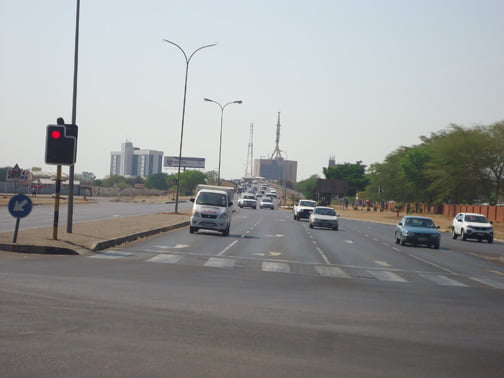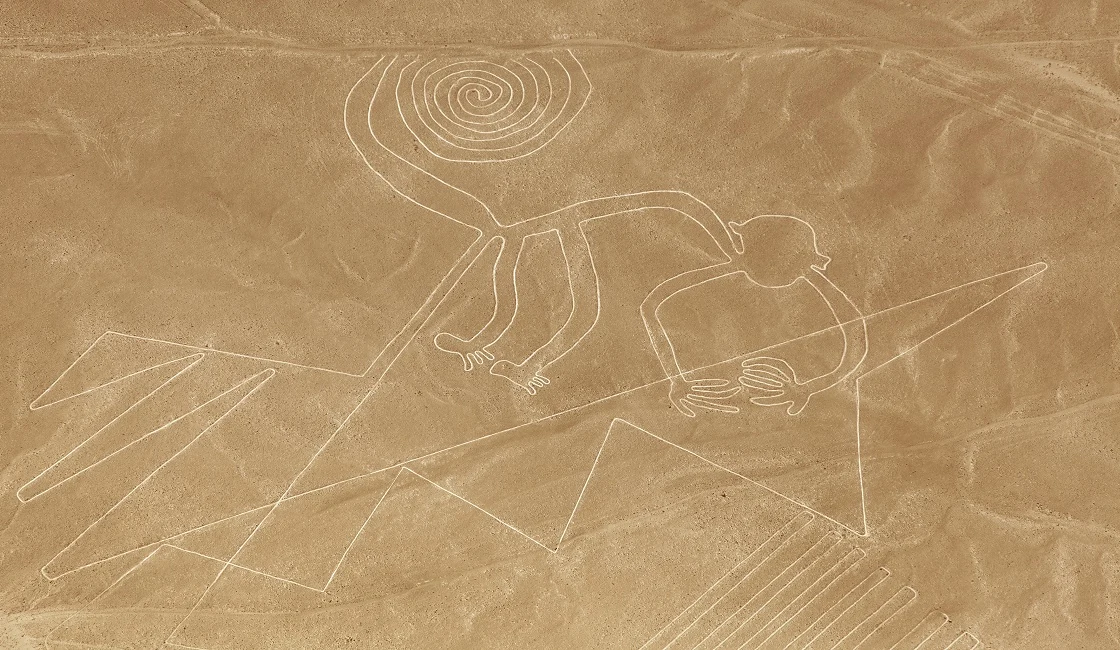
THE LEVANT EXCLUSIVE -- By Meekaeel Siphambili -- Gaborone, Botswana: Botswana’s road networks has come of age since the early 1970s when the country had only approximately 160kilometers of paved or tarred roads which hampered the socio-economic development of the country which was then among the 10 poorest countries in the world.
Botswana has come all the way from sand tracks to multiple tarred roads which have transformed several towns and villages, bringing in major facilities like health care in some remote areas and influencing decentralisation in some of government departments. All major villages and towns in Botswana are now accessible by tarred roads.
It all started with a single step like all journeys: the logical solution for a rapid start of development processes was appealed to the International community in the early 70s. Botswana approached the Nordic countries for support; the Nordic countries willingly provided the support as the Botswana Government by then pursued a democratic course with respect for human rights.
In the early 1972, representatives from the Botswana Government went to Norway for consultation with NORAD for possible development assistance. The former President who was then Vice President, Sir Ketumile Masire and the former President Festus Mogae who was then the Permanent Secretary of the Ministry of Finance and Development Planning, were part of the delegation.
The first bilateral programme was signed between Norway and Botswana the same year and bilateral development programmes especial in roads and health development were established the same year. In 1973 the road and health sector development programmes commenced and the following year 1974, NORAD opened a resident office in Gaborone and Norwegian volunteers started work in Botswana.
The reasons given by the Norwegian government for entering into development cooperation with Botswana were:-
Botswana was on the list of the 10 least developed nations in the world, as set out in a United Nations (UN) resolution of 1971.
The difficult geographical situation, i.e. landlocked and surrounded by South Africa, Southern West Africa (Namibia) and the regime of Southern Rhodesia (Zimbabwe), which was all put under international sanctions. Botswana had complied with UN resolution on sanctions against Southern Rhodesia (Zimbabwe)
A high level of confidence in Botswana’s political leadership and administration capacities catapulted the roads infrastructure development. This was in the expectation that political leaders and senior Government officials would be able to create conditions within a conductive environment in which Norwegian assistance might be expected to contribute effectively to programmes designed to combat widespread poverty in the country.
The Norwegians had a common focus on the development of Botswana’s rural areas in order to benefit the poorest and most disadvantaged groups of the population. The other focus was the training of the local work forces, the development of a local “know-how” and establishment of other new institutions in the roads sector.
The Botswana government had to work on two fronts in developing the road network, the primary roads and secondary roads. The main roads were important because they connected the main towns and provided international road links. The secondary roads also provided access to the more remote villages which were the Norwegians’ major focus. The Botswana government also prioritised construction of secondary roads for social benefit criteria, long term development and a political will and commitment to initiate early development projects in all the districts in the country.
Armando Lionjanga, the first Motswana to head the Roads Department with Civil Engineering degree from the University of Zambia and there was no other Motswana in the year 1975 qualified to take the post.
“There was no way we could have penetrated the rural areas through provision of engineered roads by applying conventional methods of project appraisal using cost-benefit analysis techniques. The remoteness of rural areas rendered them unattractive for private road construction companies to work in, as they were almost inaccessible. The NORAD approach to justify the feasibility of the Rural Roads programme in Botswana was indeed radically innovative as it attached high priority on essential necessities of the rural communities from a social perspective. If the textbook approach of project appraisal using cost-benefit analysis could not provide the answer to alleviate the hardships of road transport faced by rural communities, then the appropriate approach was to tailor a solution to address and overcome the problems,” says Armando Lionjanga
There are also hopes for the improvement of urban roads. Currently Botswana is set on introducing a multimodal transport system which the plans of the system extend to the year 2035. The Gaborone former Mayor Veronica Lesole says the Botswana government and the World Bank have made funds available the Gaborone Multimodal Transportation Study. The objective is to increase road safety and increase regional connectivity.
Short term solutions are in place and they include the retiming of the traffic lights, refurbishment of traffic junctions and setting up a central traffic control room which will house all stakeholders of traffic nature.
Two traffic circles in Gaborone will be replaced by grade-separated underpasses at intersections leaving only one traffic circle in the city. The further plans are to roll out non-motorised transport, the Rapid Bus Transit with dedicated bus lanes for public transport. There are also plans to introduce city buses and metro trains to ferry passengers to and from surrounding villages.
Gravelling and grading of earth roads has been lacking behind due to financial constraints and old machinery which have been experiencing frequent breakdowns. There are hopes for improvement on the road maintenance as the funds have been increased from P1.5million to P6million pula, says the former mayor.
However the importation of large volumes of Japanese second cars is causing traffic congestions in all road networks in major cities and towns during peak hours. Traffic lights are never used in the mornings and evenings and are substitute by the police who man or control traffic all throughout the city. Movement of traffic during peak hours is always as slow as below 2km per an hour with cars driving bumper to bumper.
End





